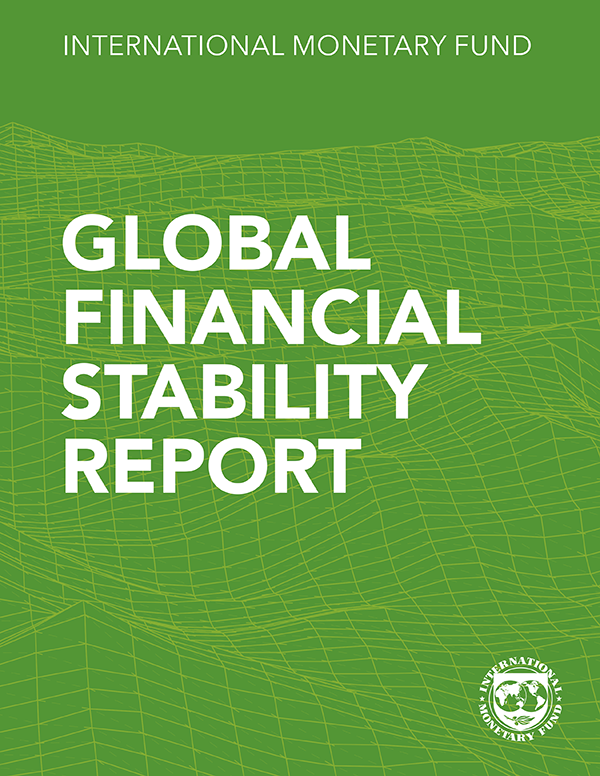Outlook for the Western Hemisphere: Navigating Tighter Global Financial Conditions
Recent developments in the Western Hemisphere—that is, the United States/Canada and Latin America and the Caribbean (LAC)—have been dominated by the impact of two distinct global shocks: the COVID-19 pandemic and then the Russian invasion of Ukraine. A third shock—the tightening of financial conditions—is now shaping the outlook. After contracting sharply in 2020, most of the Western Hemisphere’ economies recovered strongly in 2021 and early 2022, helped by the global recovery, the normalization of service sectors, and booming commodity prices. However, inflation pressures built up with pandemic-related disruptions, expansionary policies, rebounding demand, and the impact of the war in Ukraine on energy and food prices. The swift response of LAC’s monetary authorities to rising inflation—well ahead of other economies—helped contain price pressures and keep long-term inflation expectations anchored, but inflation remains high. Amid global monetary and financial tightening, and the ensuing slowdown in global growth and softening of commodity prices, activity is expected to decelerate throughout the Western Hemisphere in late 2022 and 2023, while inflation pressures are expected to recede gradually. Downside risks dominate the outlook and stem from tighter financial conditions, a more pronounced global slowdown, and entrenched inflation. For LAC, a sharp fall in commodity prices and social unrest are important risks. With inflation yet to abate and most economies still operating at or near potential, monetary policy should avoid easing prematurely and must stay the course. Clear communication of policy intentions will be key to reducing uncertainty and keeping inflation expectations anchored. Fiscal support deployed to mitigate the impact of inflation on the most vulnerable should be accompanied by compensating measures, where fiscal space does not exist, but also support monetary authorities’ efforts to tame inflation. Given rising financing costs, strengthening fiscal frameworks and advancing with inclusive fiscal consolidation—that protects key social objectives—will be essential to credibly putting public debt on a firm downward path while ensuring social stability. Boosting LAC’s medium-term growth requires raising productivity and good-quality public and private investment. Supply-side policies should focus on strengthening human capital, simplifying and modernizing labor regulations, and lifting barriers to firm entry and exit.
Spillovers of US Monetary Tightening to Latin America
This chapter studies spillovers of US monetary tightening to Latin America. Historically, tighter US financial conditions generated strong spillovers to financial markets in the region, with broad-based impact on sovereign debt markets. Shifts in US interest rates led to more than one-to-one shifts in US dollar and local-currency yields in Latin America, as well as sizable capital outflows and depreciation pressures on domestic currencies. Financial spillovers also had substantial impact on domestic output—much of which was transmitted through domestic financial conditions—and country fundamentals amplified/mitigated these spillover effects. While some of the region’s fundamentals have improved, compared with the previous episodes of global financial tightening, others have deteriorated, painting a mixed picture for the current juncture. Overall, these findings indicate that a tightening of US financial condition could have material impact on Latin America. Finally, while high commodity prices have been an important counterbalancing force to the tightening of external financial conditions so far, the evidence indicates that a tightening of US monetary policy has historically had sizable negative impact on prices of commodities exported by Latin America, indicating that a sharp rise in US interest rates could also spill over to Latin America through lower commodity prices.

The Inflation Surge: Policy Trade-offs Amid Uncertainty
This chapter presents an in-depth analysis of Latin America’s current inflationary episode, a discussion of the risks of inflation becoming entrenched and monetary policy implications. Inflation is the highest in nearly two decades, and, while global factors explain much of its initial sharp increase, domestic factors have been increasingly contributing to the inflationary process recently as inflation became more broad-based. Moreover, inflation dynamics is showing increasing persistence, pointing to considerable risks of entrenchment and to the need for continued vigilance. Swift policy actions by the region’s main central banks have helped keep inflation expectations broadly anchored—a key ingredient to tame inflationary pressures—despite multiple short-term inflation surprises. However, high levels of inflation, rising wages, and short-term expectations point to increasing risks of de-anchoring. Policymakers should remain focused on the long-term and hard-won benefits of low inflation, rather than the short-lived impact of monetary policy on output. Effectively communicating data-dependent policy decisions and contingency plans will be key to maintain expectations anchored amid an uncertain inflation outlook.

Productivity in Latin America and the Caribbean: Recent Trends and the COVID-19 Shock
This chapter studies the patterns and drivers of productivity in Latin America and the Caribbean (LAC) and proposes policy recommendations to boost productivity and make these economies more resilient to downturns. Subpar productivity performance—especially relative to peer emerging markets and advanced economies—has been a drag on LAC’s economic growth for decades. LAC’s productivity underperformance, both in levels and growth rates, is widespread, cutting across sectors and types of firms. Moreover, economic downturns have historically had a marked adverse impact on productivity in the region, pointing to potentially sizable scars from the pandemic. Behind this pattern of low and fragile productivity are interrelated obstacles, including high levels of informality, burdensome regulations, complex and distortive taxation, and poor governance. Boosting productivity growth and making these economies more resilient requires a policy agenda that prioritizes human capital accumulation, simplifies and modernizes business and labor market regulations—including by facilitating firms’ entry and exit—and improves the design of labor and capital taxation.
Publications

-
September 2025
Finance & Development
- Stablecoins and the Future of Finance

-
July 2025
- Global Imbalances in a Shifting World

-
Regional Economic Outlooks
- Latest Issues










